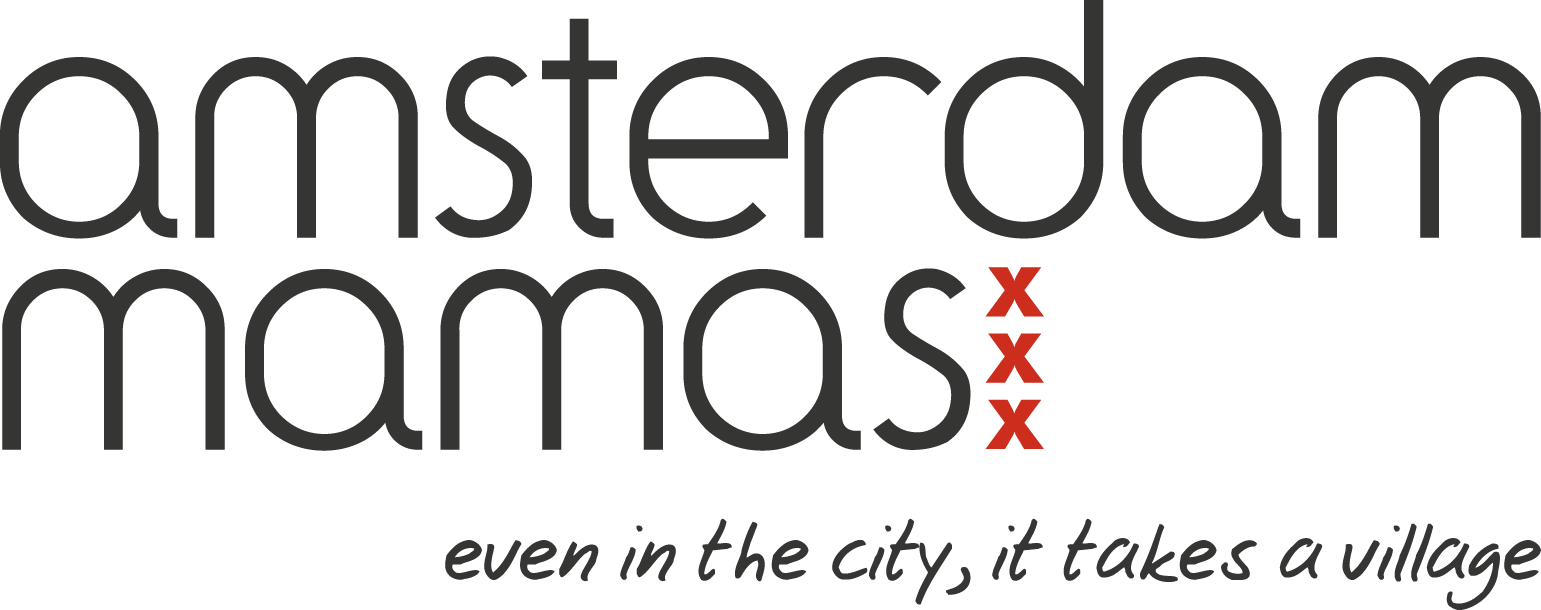Making international moves is a challenge no matter when it happens, but having school age children adds another layer of complexity. How do you navigate among different school systems, educational approaches, languages, and countries? There is no one size fits all approach, but here is one family’s story.
PART I – Basisschool
Because our family has moved back and forth between Mumbai and Amsterdam several times, our children have needed to transition between the International School System we used in India, and the local public school system we used in the Netherlands. Their International School offered an IGCSE/IB education in English, and Dutch schools were entirely in Dutch. After nearly 14 years and 5 moves, you’d think we’d be professionals at navigating these transitions, but we aren’t.
Schooling is essential and is often one of the most complicated aspects of moving. If you’re able to stick to one system of schooling, and move to locations that have schools within that system (i.e. a British School, an American School, or a German School) then you should consider yourself very fortunate. However, as this is often not the case for a number of reasons, it is necessary to grapple with varied systems and methods of education: public, private, IB, local, partially subsidised, International, ICSE, Dalton, Montessori, Rudolf Steiner, etc., and more often than not, combinations of many of all of these! It is definitely complicated!
The Younger Years
Our children started their education in Mumbai. Our son went to the German International School, with children from over 25 different countries; our daughter went to a wonderful nursery school, a bit like a Dutch peuterspeelzaal. The language of instruction of both schools was English, though the German school taught German as a second language.
When we found out that we had to move to Amsterdam, we started looking for neighbourhoods which not only suited our requirements for housing, but also offered good schools. Our son was four and a half years old and our daughter was three, and although my husband is Dutch, neither of them had mastered much more Dutch than saying goodnight and listening to Dutch bedtime stories. Most of our research on schools was done on the internet. When we chose a neighborhood, some of the schools were full but we finally found a spot for our son in a wonderful basisschool and, one day after we arrived from Mumbai, he joined Groep 1/ 2.
For me, as a parent with virtually no Dutch, the other class parents, teachers, school principals and all the staff made things very easy. They would translate messages, involve me in class activities and give me a sense of being able to participate in the education of my children. Our first experience with a Dutch school was great!
During our two and a half years in The Netherlands, our son went from Groep 1/ 2 to 3 and our daughter spent a few months at peuterspeelzaal before joining the same basisschool as her brother. They loved it! The teachers were fabulous – helping them with the language, and making them feel very welcome. For me, as a parent with virtually no Dutch, the other class parents, teachers, school principals, and all the staff made things very easy. They would translate messages, involve me in class activities and give me a sense of being able to participate in the education of my children. Our first experience with a Dutch school was great!
When we had to move back to Mumbai, the kids returned to the German International School. Now aged seven and five and a half, English continued to be their first language and the transition was very smooth. The kids were still young, so academics were less relevant and systems were less stringent. The IGCSE/IB education meant project based learning, and the kids loved it and had no problem re-adjusting. As a family, we thoroughly enjoyed the diversity of the International school; we became friends with many international families. Also the perks that went along with being in an international school were great: theatre workshops, dance workshops, art appreciation, etc. However, I recalled that at the Dutch basisschool the kids also had project based learning, a healthy/non-competitive attitude, great sports, and fun class trips to theatres and museums. We also missed having more music and drama and swimming, but their after school activities (NSA) at Dutch school compensated for those.
This time the kids were older, and we were much more concerned about their transition back to a Dutch education.
In 2015, after almost four years in Mumbai, we once again needed to move back to the Netherlands. This time the kids were older, and we were much more concerned about their transition back to the Dutch educational system. We knew we wanted them to be in the same basisschool as before, and we were lucky enough to find them spots in it. We timed our arrival to be in the last five weeks before the summer holidays, thinking it would help the kids acclimatise. After the Summer, our son went to Groep 8 (age 11) and our daughter to Groep 6 ( age 9). Although they’d had a Dutch language class once a week in Mumbai, it wasn’t nearly enough!
Groep 8 is a decisive year for students in The Netherlands. Students have their final CITO tests and they get a recommendation which directs them to a particular middelbare school. It’s also the last year of basisschool – being a new student means trying to integrate into pretty established groups of friends. All in all, it was not an easy time. In terms of academics the biggest challenge was the language; in terms of their social life, they had to re-establish old friendships or make brand new ones. Though tough, in the end it worked out just fine.
Our son is now in his second year of middelbare school and our daughter is in Groep 8 of basisschool. Their time in the higher years of basisschool and their transition to middelbare school will be discussed in Part II of this article: Moving to Middelbare School.
Tasneem Hatimbhai
Tasneem Hatimbhai is originally from Bombay, India and lives in Amsterdam with her Dutch husband and their two children. She has been a writer and editor for over 20 years, focussing on lifestyle related articles, features about contemporary Indian Art, content creation for academic websites, journals and social media for related accounts. In 2012, she started Mumbai Mills, an NGO that blended Indian creativity, art and design. Mostly recently, in 2024, in keeping with her love for contemporary Indian art, Tasneem launched an online platform and an art gallery for South Asian Contemporary Art in Amsterdam, @sacart.ams. She also happens to be the editor-in-chief of Amsterdam Mamas.






